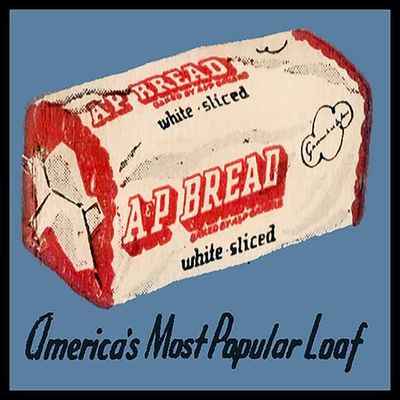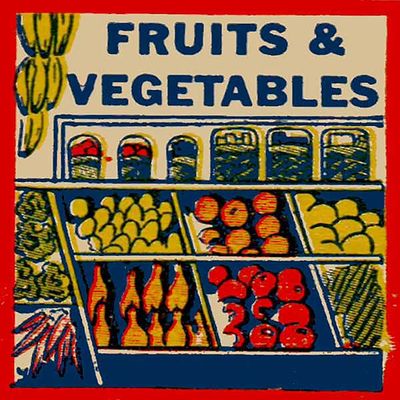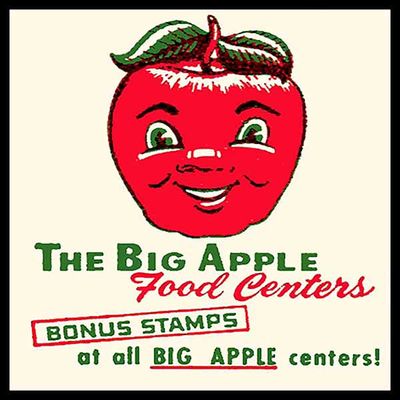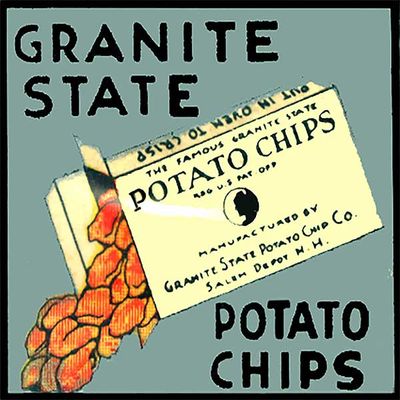Tasty Promotions: How Food Companies Used Vintage Matchbooks to Promote Their Products
In the mid-20th century, food companies found a unique and practical way to market their products: vintage matchbooks. These small, everyday items became a powerful advertising medium, helping food brands reach a wide audience and create lasting impressions. This article explores how food companies ingeniously utilized matchbooks to promote their products, enhance brand recognition, and engage with consumers.
Matchbooks as Miniature Billboards
Matchbooks offered a compact yet highly visible platform for food companies to showcase their products. The covers of these matchbooks were often adorned with vibrant images of the food items being advertised, such as canned goods, snacks, beverages, and packaged meals. Companies like Campbell's Soup, Coca-Cola, and Kraft used eye-catching designs featuring their iconic logos, product images, and memorable slogans. Messages like "Enjoy the Fresh Taste of [Brand Name]" or "America's Favorite [Product]" effectively communicated the brand's appeal.
Strategic Distribution for Maximum Reach
Food companies strategically distributed matchbooks in locations where they would be most visible and useful. These included grocery stores, restaurants, diners, and cafes. By placing matchbooks in these high-traffic areas, companies ensured their advertisements reached a broad audience. Additionally, matchbooks were often given away as promotional items during product launches, food fairs, and community events, further extending their reach.
The practical nature of matchbooks meant they were frequently handled and kept in easily accessible places, such as kitchen drawers, purses, and glove compartments. This regular interaction helped keep the food brand top-of-mind for consumers, reinforcing brand recognition and loyalty.
Promoting New Products and Special Offers
Matchbooks were also used to promote new products and special offers. Food companies would feature new items on the covers, often accompanied by enticing slogans like "Try Our New [Product]" or "New Flavor, Same Great Taste." Special offers, discounts, and coupons were sometimes included inside the matchbooks, encouraging consumers to try the advertised products. This direct call to action helped convert curiosity into sales and drove consumer engagement.
Building Brand Loyalty and Trust
Using matchbooks as promotional tools helped food companies build brand loyalty and trust. The designs often included familiar brand elements, such as logos and packaging visuals, which created a sense of familiarity and reliability. By consistently presenting their brand through matchbooks, food companies reinforced their identity and established a lasting presence in consumers' minds.
The tangible nature of matchbooks also added to this trust. Unlike fleeting advertisements, matchbooks were physical items that consumers could hold, use, and keep. This tangibility helped reinforce the idea that the food company was a reliable and permanent presence in their lives.
Educational Outreach and Recipes
Some food companies used matchbooks to provide additional value by including recipes and cooking tips. These matchbooks might feature a recipe that used the advertised product, such as a soup recipe on a Campbell's matchbook or a dessert recipe on a Jell-O matchbook. This added information not only engaged consumers but also encouraged them to use the product in new and creative ways, driving repeat purchases.
By providing helpful and practical information, food companies positioned themselves as knowledgeable and caring brands, committed to enhancing their customers' culinary experiences.
A Touch of Nostalgia and Collectibility
The nostalgic charm of vintage matchbooks also contributed to their effectiveness. The simple, yet impactful designs and the tangible nature of matchbooks evoked a sense of tradition and reliability. Many people kept these matchbooks as collectibles, further extending their reach and impact. They served as cherished reminders of the food brand's role in their lives and the importance of quality and taste.
Conclusion
The use of vintage matchbooks by food companies was a strategic and effective way to promote their products and connect with consumers. By turning these everyday items into valuable sources of information and reminders of their brand, food companies ensured that their advertisements were visible, accessible, and trusted. The practical utility and thoughtful design of matchbooks helped build public awareness, foster brand loyalty, and enhance consumer engagement. Today, these vintage matchbooks serve as charming relics, illustrating the innovative ways in which food companies marketed their products and created lasting impressions in the minds of consumers.






